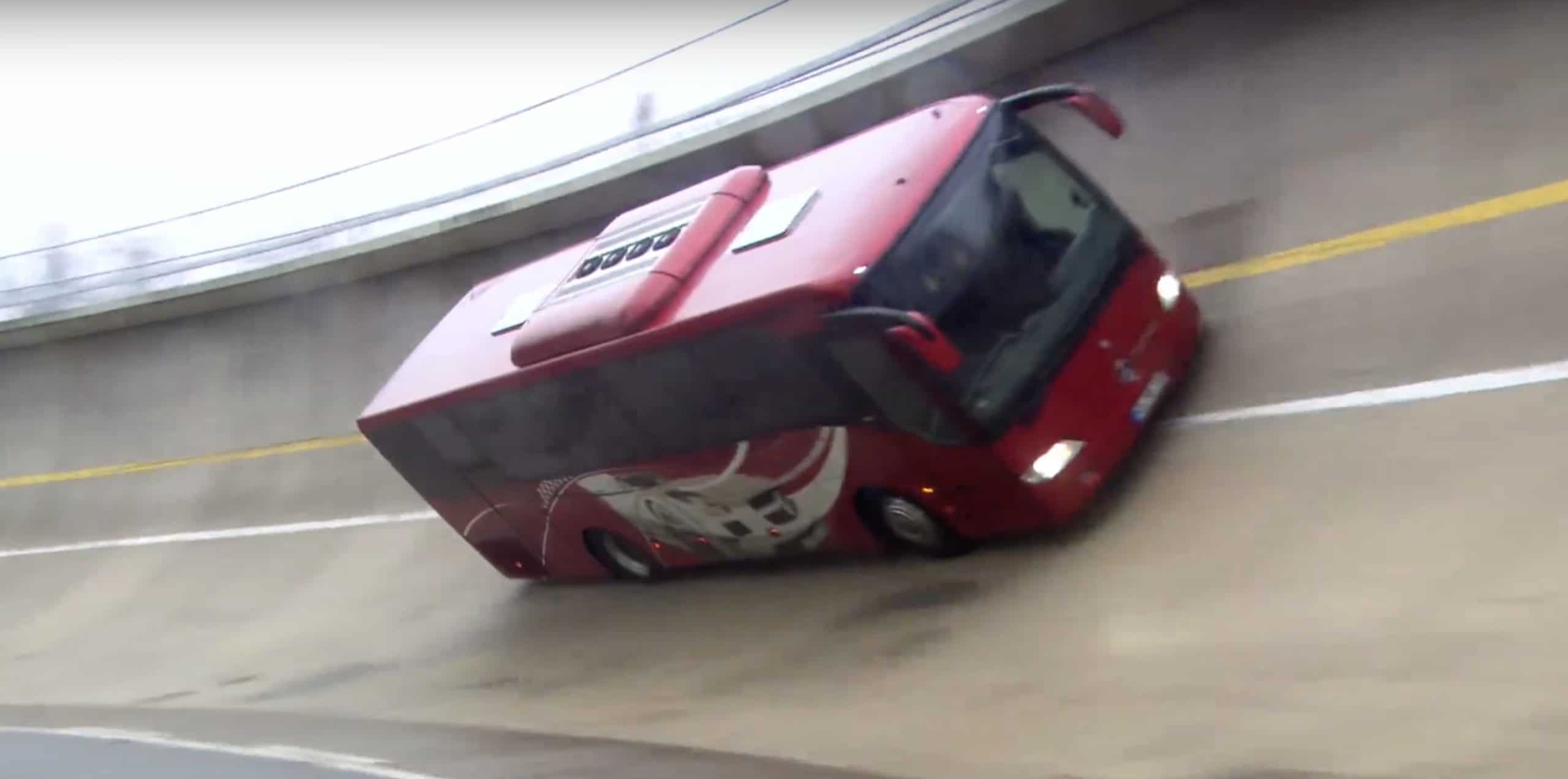Early in my career, I worked at Mercedes-Benz in Stuttgart, Germany. My role was in passenger car development, and it gave me access to several otherwise closed experiences within the company. Getting onto the test tracks was one of these experiences.
One of the high-speed test tracks was in an urban area. Space was limited, and the way to accomplish the high speeds was with a steeply banked curve. When the cars drive through that curve, they lean almost 90 degrees to the side, and the centrifugal forces press the vehicles into the curve.
The first time I was on that track was with a small group of other employees. We were about to be passengers – not in a car but on a bus. The bus driver first walked with us to the steep curve. He wanted to show us what was ahead of us. Standing at the bottom of the curve, it seemed like an enormous wall. We tried to walk up the curve, and we couldn’t do it. As we climbed higher, we started to slip because it got increasingly steeper.
After seeing the curve up close, we got into the bus. We started on the flat part of the track. As we were accelerating (and getting closer to the curve), lines appeared on the tarmac. The driver told us that they represent the ideal line for different speeds. He aligned us with the 60mph-line as the curve towering in front of us. Even though we knew that this was a curve, it looked like a big wall right in front of us – and we were accelerating right into it.
The driver had done this many times before. He knew that his passengers didn’t feel all that well at that moment. He wanted to make light of the situation and made some funny comments about all of this. It didn’t work. Some of us started screaming. Just before we entered the curve, the bus driver started yelling, and to the horror of everyone, he took the hands off the wheel. The bus seemed to lift off, banked into the curve, we got pressed by g-forces into our seats, and everyone was screaming out of fear.
A few seconds later, we were out of the curve. We survived. The driver had the hands back on the wheel, and it was all back to normal. (He was just yelling to scare us even more).
The line on the tarmac wasn’t just the ideal line to drive. It actually represented a ‘straight line’ for a given speed. That’s the line where a vehicle doesn’t need to be steered because all the forces balance out.
Since the whole group worked with the cars at Mercedes, the driver told us that one day we’d probably be driving this track ourselves. His advice for our first time as drivers on the track was definitely to take the hands off the steering wheel. Physics is more reliable than the instincts of a driver. Especially a rookie driver might act on an impulse, steer the vehicle, and cause an accident.
The lesson from this: when you know that you’re on the right track, stay the course. Even when a curveball seems to appear, changing direction might carry you off the road.
Define your vision, make sure you align everything with that vision, and then stay the course.
PS: The prediction of the bus driver turned out to be true. I did have a chance to be the driver on that track. I wasn’t driving a bus, but one of the roadsters. It turned out to be quite different from what I expected, and that will be another weekly tip.




